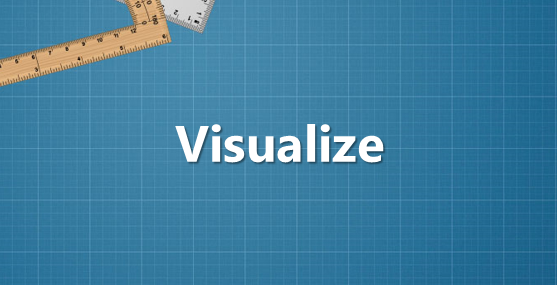In life and work, success begins with a goal. Big or small, goals give us purpose and, like a compass, keep us headed in the right direction. Of course, it then takes lots of hard work and determination to reach your destination.
Before we can believe in a goal, we first must have an idea of what it looks like. To paraphrase the old adage: “We must see it before we can believe it.”
This is where visualization comes in, which is simply a technique for creating a mental image of a future event. When we visualize our desired outcome, we begin to “see” the possibility of achieving it. Through visualization, we catch a glimpse of what is, in the words of one writer, our “preferred future.” When this happens, we are motivated and prepared to pursue our goal.
Visualization should not be confused with the “think it and you will be it” advice peddled by popular self-help gurus. It is not a gimmick, nor does it involve dreaming or hoping for a better future. Rather, visualization is a well-developed method of performance improvement supported by substantial scientific evidence and used by successful people across a range of fields.

Hi! I am a robot. I just upvoted you! I found similar content that readers might be interested in:
https://www.huffingtonpost.com/frank-niles-phd/visualization-goals_b_878424.html
Hello cheetah